

One of the coolest things about video games is that they vary greatly in time investment — compare pick-up-and-play mobile games to RPGs that can take dozens of hours to complete.
So-called “hardcore gamers” may scoff at the elementary nature of games available on some platforms, while casual players may feel intimidated by more serious gaming. However, it may surprise you that many games exist that can be easily enjoyed by players of any skill level, yet are deep enough to allow for an advanced play style. Let’s take a look at some of these games, and find ways that you could rediscover some of your favorites!
On the surface: Smash Bros. is known for being a different style of fighting game, as it uses an increasing damage meter instead of the genre-standard health bar to measure stamina.
It’s extremely accessible to players who have never played a fighting game before; the GameCube’s big “A” button serves as an attraction for newbies and controls all basic attacks. Furthermore, if a user has difficulty performing the powerful Smash Attacks, tilting the C-stick in any direction is available as a dead-simple substitute. Items can also turn the tables in any player’s favor during a brawl.
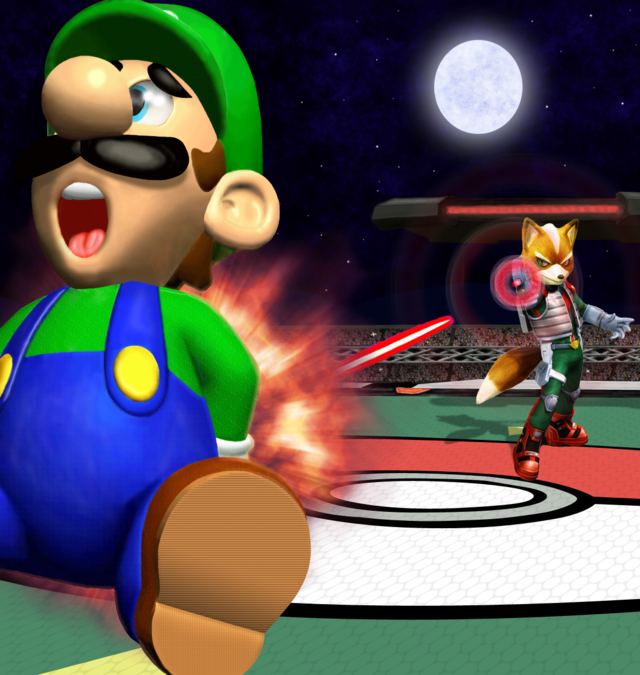
Digging Deeper: Melee has a vast number of advanced techniques that allow experts to play the game in fresh ways. One of these is known as Wavedashing, a method of movement where a player quickly jumps and dodges into the ground. This achieves a sliding effect that is quite effective in zipping around one’s enemies. Have a look:
That’s not all the extreme gameplay that the game allows, however. Another slick technique, known as L-canceling, allows a fighter to recover from his attacks in half the normal time, a decided advantage. Check out this instruction video to see how this could improve your battles:
At First Glance: For many kids, Pokémon was the franchise that defined the late 90’s. The cute creatures were everywhere – on TV, featured in a trading card game, and of course, on handheld Nintendo devices. It was every young player’s dream to become a master trainer and conquer their friends in battles. It makes sense, then, that the games were accessible to youthful gamers.
Different types of Pokémon have their own strengths and weaknesses such as water trumping fire, which reflects what children observe in reality. Combined with the freedom to use any of the series’ multitude of creatures as a formidable force in battle, young players could enjoy collecting pocket monsters just like they saw on TV.
But Look Again: Everyone knows that in an RPG, you level up by gaining experience points, and Pokémon is no exception. However, if you’ve ever felt that your creature was taking a long time to level up, you’re not crazy; actually, you’ve discovered one of the inner workings of the series. Different species of Pokémon require different amounts of XP to reach the maximum level, and the differences are quite drastic.
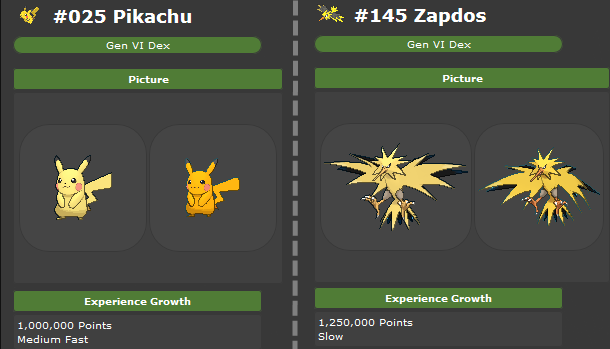
The values that your creatures receive for their HP, Attack, and other stats aren’t determined at random, either. It’s possible to train your Pokémon to specific standards using what is known as Effort Value (EV) training.
In essence, when defeated, different Pokémon give different EVs to your creatures. For example, let’s say you want your Pikachu to have a high Defense stat. You find that defeating an Oddish adds 1 to your Pikachu’s Defense EV, so you make sure that your Pikachu battles Oddish whenever possible.
This all goes on behind the scenes, so keeping track of it might get tough. Check out a detailed explanation if you’re interested in training this way.
It’s So Simple: Super Mario World carried on the excellent precedent set by Super Mario Bros. 3 in having a world map be the interface used to select a level. It’s very straightforward – complete a level, and the game’s path opens up to include more. Why would this be anything noteworthy?
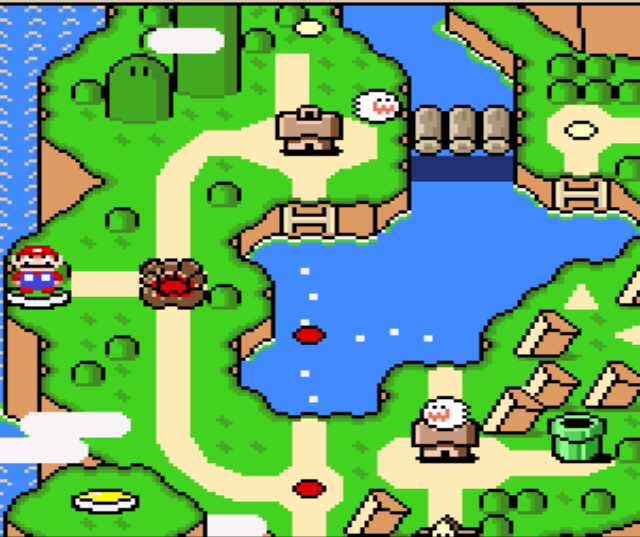
But Not Really: Do you see the red dots on the map above? Each one of those means that level has a secret exit. Some of these exits aren’t too hard to find, but others are deviously difficult to uncover. The game even featured a level called the “Top Secret Area” – if that’s not classified, what is?
Besides creating new paths, some of these exits also give way to a secret extra world in the game – the Star Road. If a player manages to find all five entrances to the Star Road and complete them, the super-secret Special World becomes available. These levels are designed to challenge an experienced player, and upon completion rewards the player with a changed version of the overworld and even some modified enemies! If you’re a fan of Super Mario World and have never seen these changes, you haven’t experienced the game to its fullest.
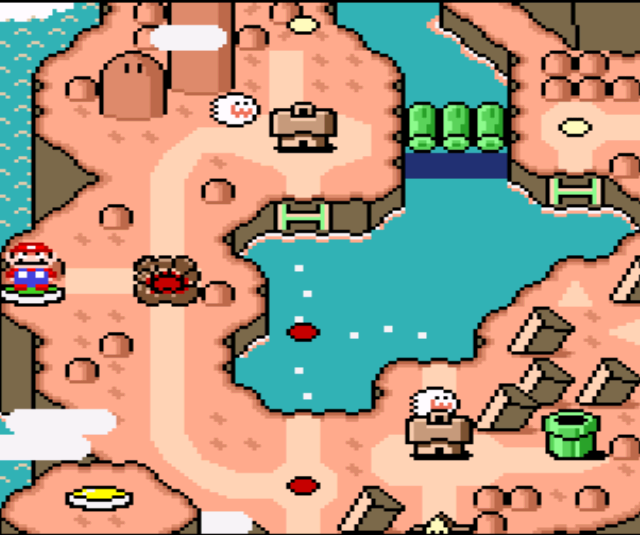
To The Naked Eye: Animal Crossing is the perfect video game for people who don’t like video games. The game runs at its own pace; you don’t have to check into your town every day to have a rewarding experience with it. Players can meet villagers, go fishing, or furnish their houses – none of these are against the “rules” and the player is never scolded for their decisions.
Upon Closer Examination: Animal Crossing has a lot going on behind the scenes that most players won’t even notice. For example, at the start of the game, Rover the cat asks you a series of random questions, such as why you decided to move out on your own and if you have any money. Your answers don’t seem to change anything except for his responses, but it has been found out that your responses actually determine your character’s face.

What’s more, the way you arrange the furniture in your house directly affects your character’s luck. Animal Crossing uses the Chinese system of Feng Shui, where certain colors of furniture need to be placed in a cardinal direction of the room to bring luck to the owner. For instance, putting red items in the east section of your house will bring greater luck in finding items. If you’ve felt unlucky in your town, perhaps your house’s arrangement is to blame!
These four games were selected because they are all well-known and extremely accessible to inexperienced gamers. If you missed out on the details the first time you played through, try replaying a few of these games with these tips in mind; rediscovering a favorite game from the past can be extremely rewarding. Also, each are in a franchise, so these tips could be applied to other iterations of the series.
Did you already know about these hidden complexities? Are there any titles you would add to this list, and why? Share your experiences in the comments!
Image Credits: damose via deviantART, Dynastid via deviantART
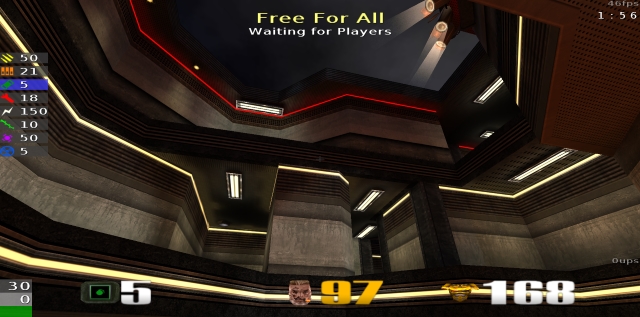
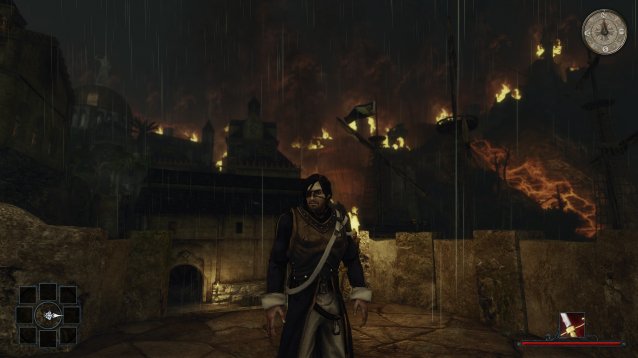


 Here's Where to Learn Digital Design and Art Theory for Free
Here's Where to Learn Digital Design and Art Theory for Free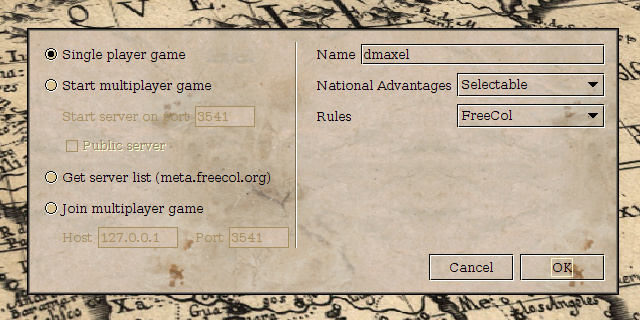 FreeCol Is A Cross-Platform Game Akin To Civilization But With A Twist
FreeCol Is A Cross-Platform Game Akin To Civilization But With A Twist Tomb Raider: The Definitive Edition Review (PS4)
Tomb Raider: The Definitive Edition Review (PS4) New to EVE Online? Here Are 5 Things You Can Do
New to EVE Online? Here Are 5 Things You Can Do Get Your Holiday Shopping Started Early With These Big Deals
Get Your Holiday Shopping Started Early With These Big Deals